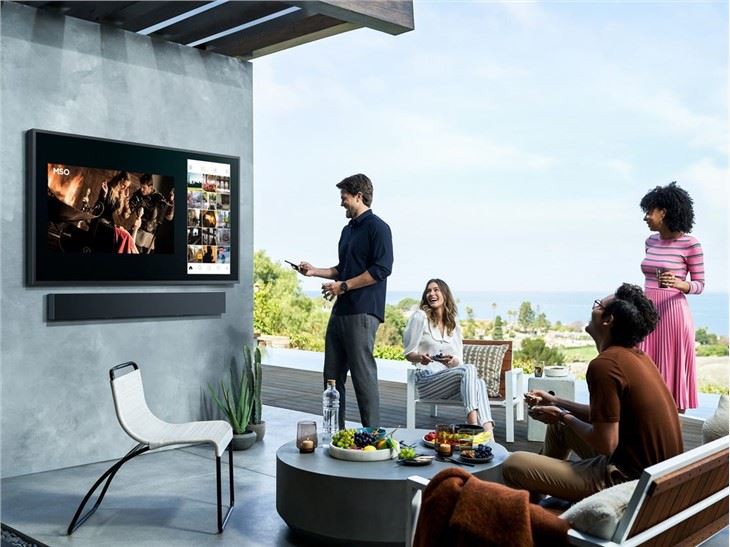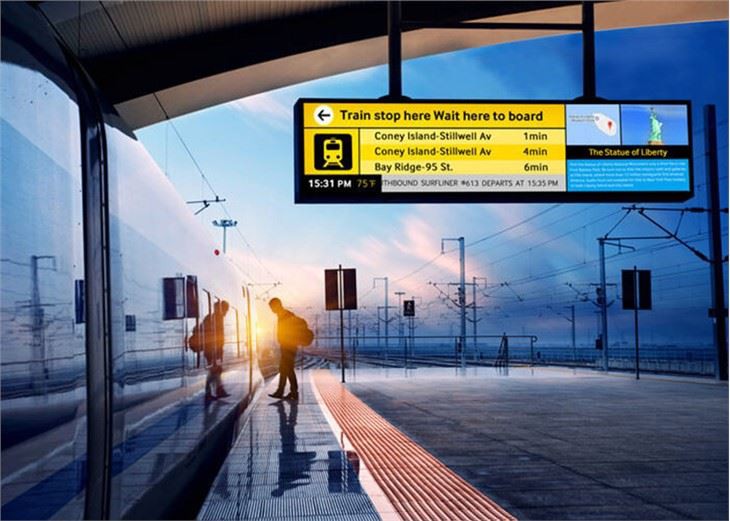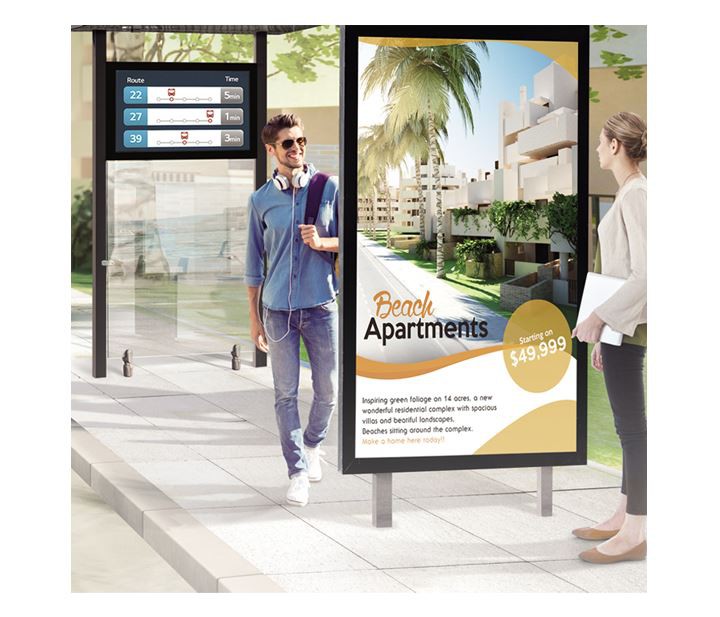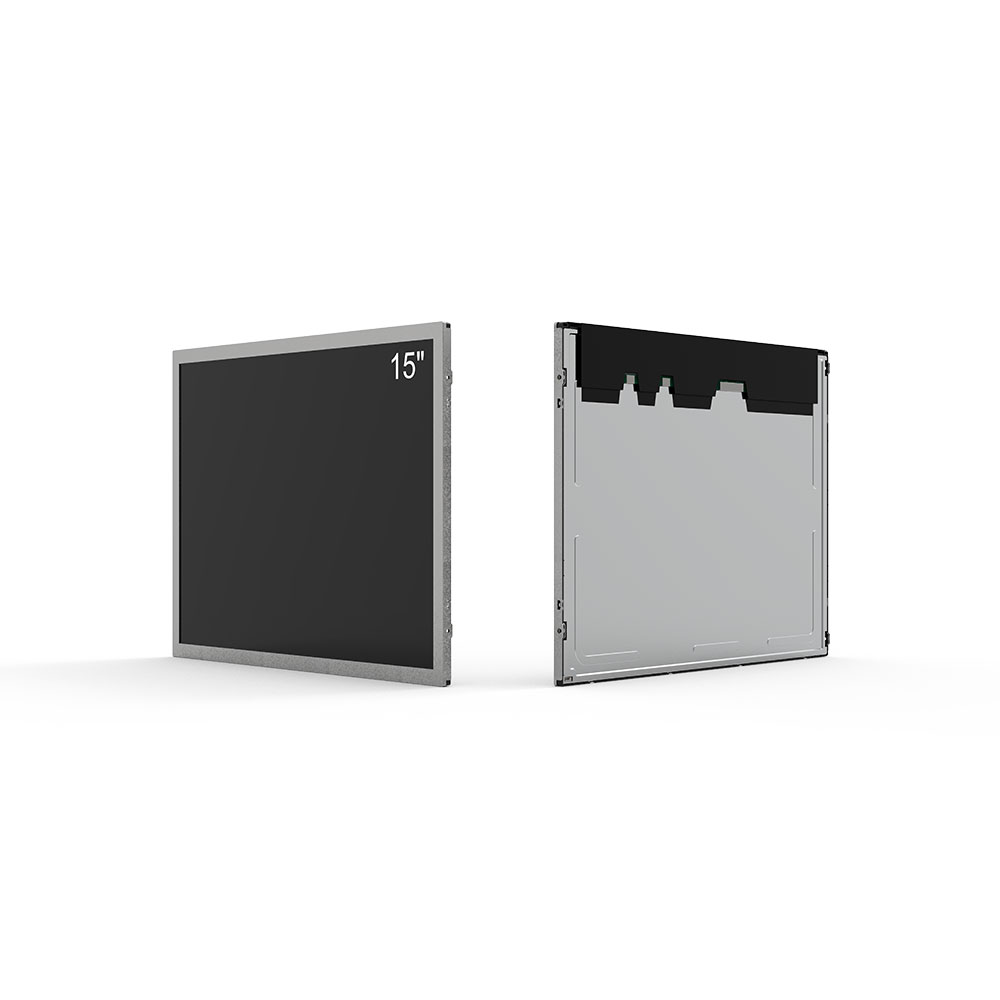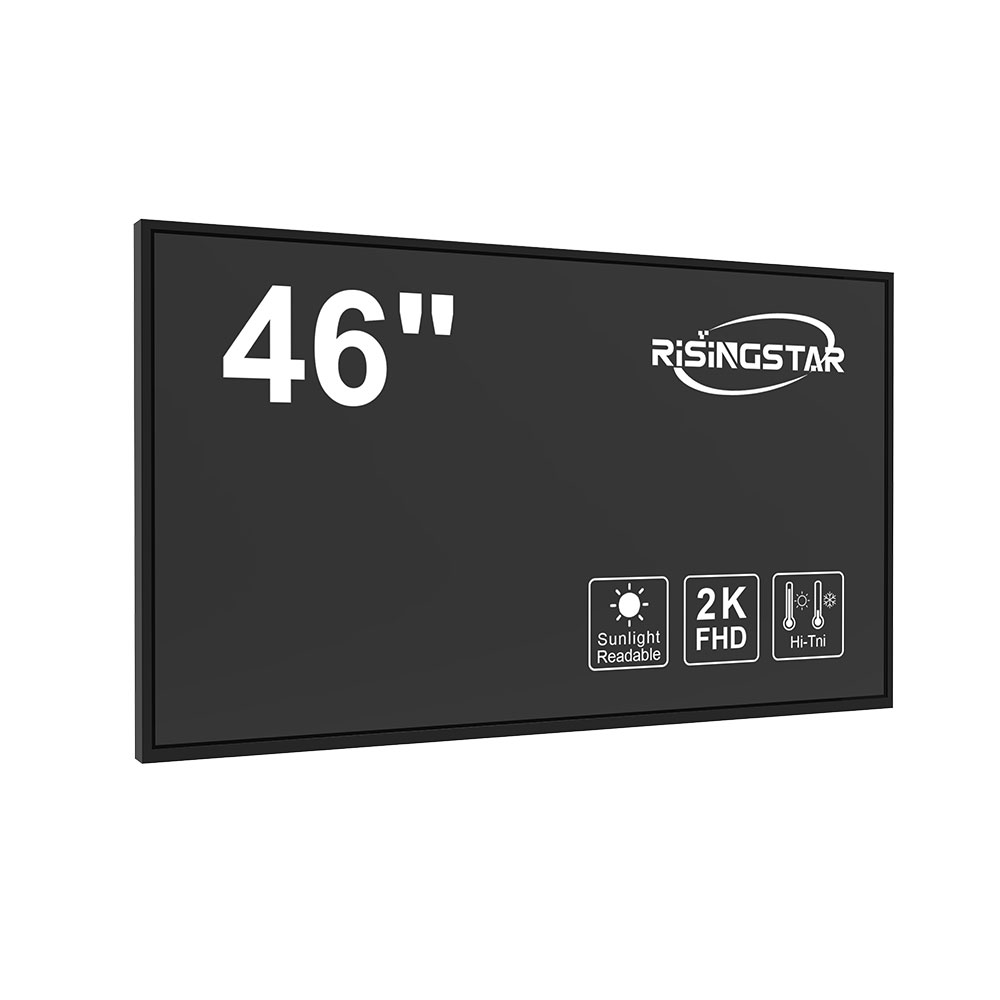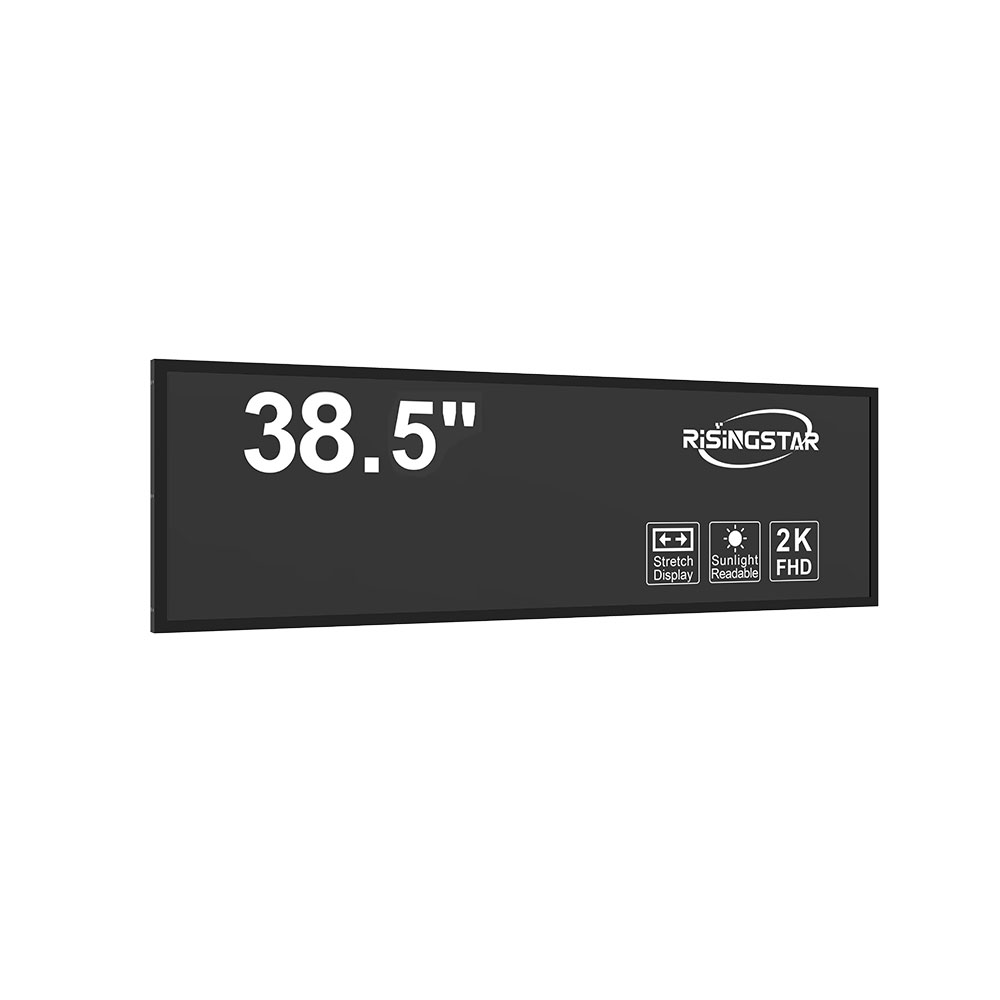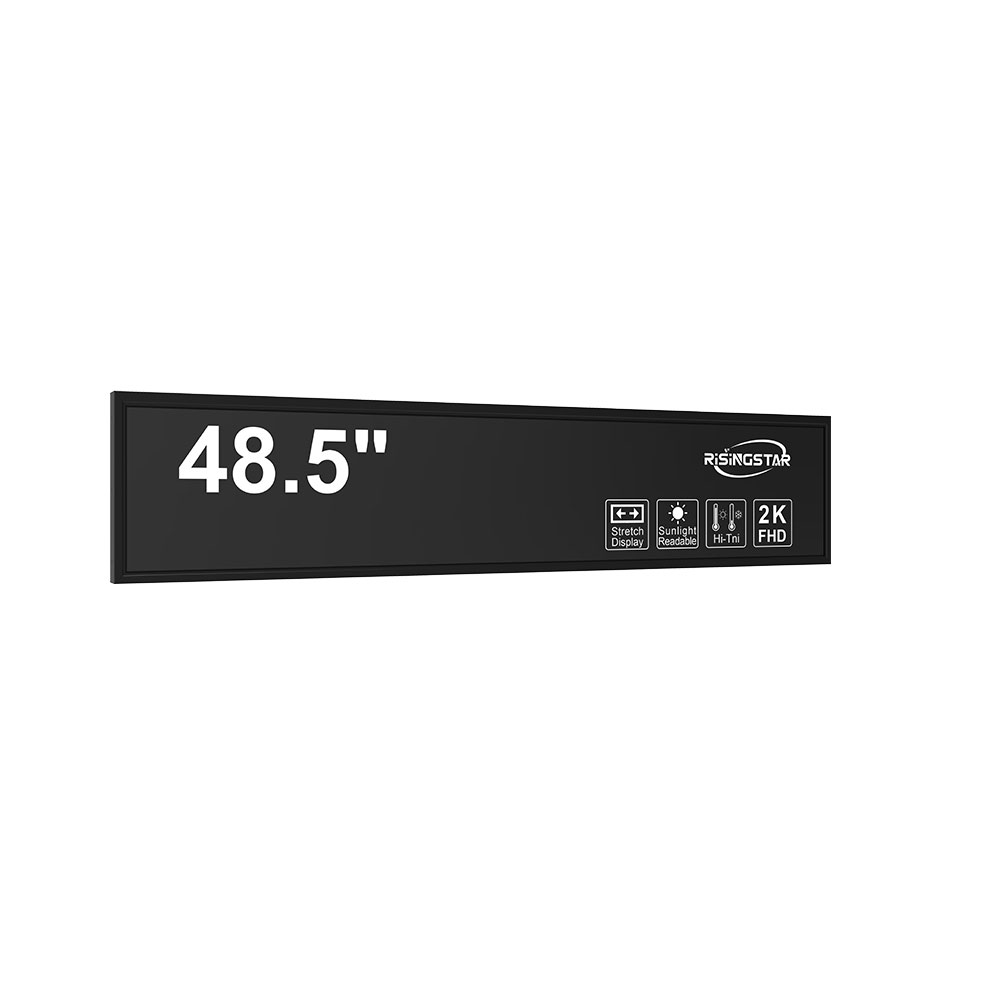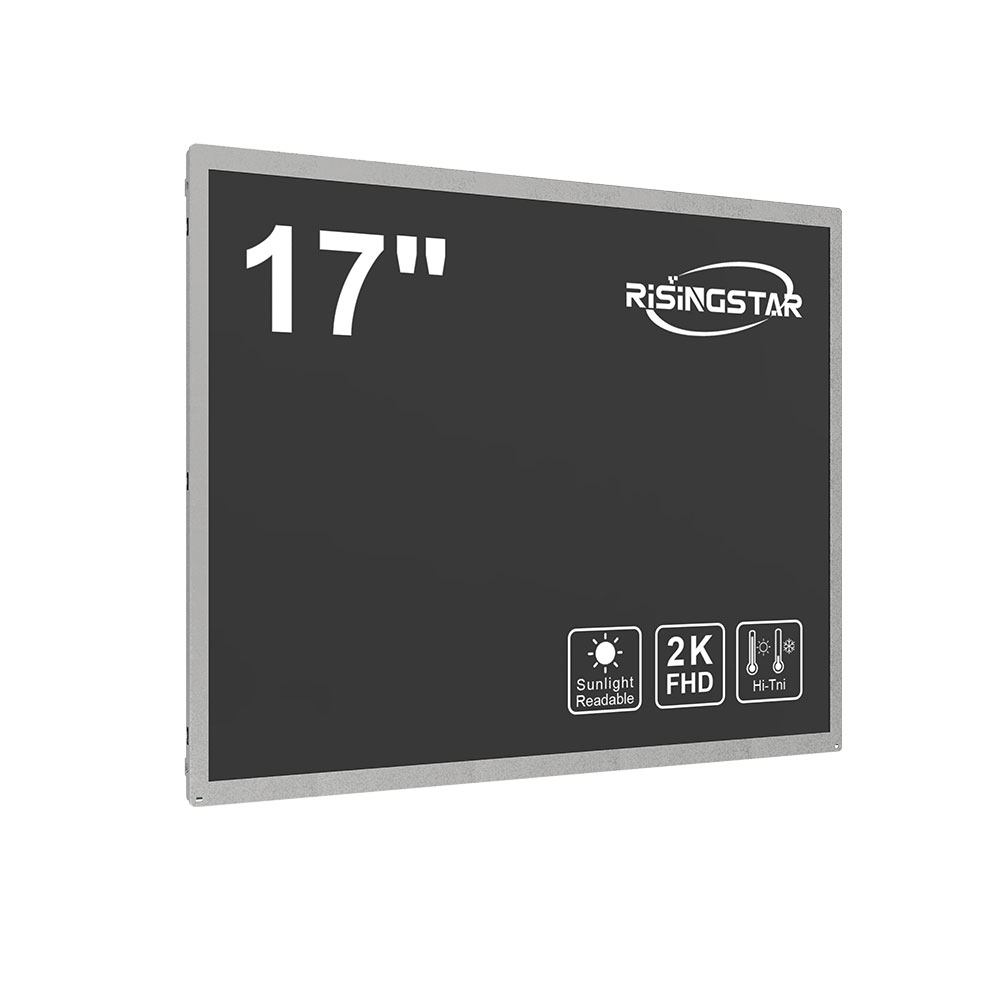In today’s fast-paced transportation ecosystems, real-time passenger information systems (PIS) are no longer optional—they are essential for operational efficiency, safety, and user satisfaction. At the heart of these systems lies the outdoor high-brightness LCD display, a critical technology that ensures clarity, visibility, and reliability even under extreme environmental conditions. According to the International Association of Public Transport (UITP), over 70% of modern metro, bus, and airport systems now rely on digital PIS solutions to enhance passenger experience.
Outdoor high-brightness LCDs typically operate at luminance levels of 5,000 to 10,000 nits—far exceeding standard indoor displays—which makes them ideal for use in direct sunlight or harsh weather. These displays are engineered with anti-glare coatings, IP65 or higher ingress protection, and wide temperature tolerance (from -30°C to +70°C), ensuring they remain functional in urban transit hubs from Dubai to Toronto. For instance, London Underground’s rollout of Samsung’s 8K outdoor LCD screens across its network improved on-time notifications by 42%, according to a 2023 TfL case study.
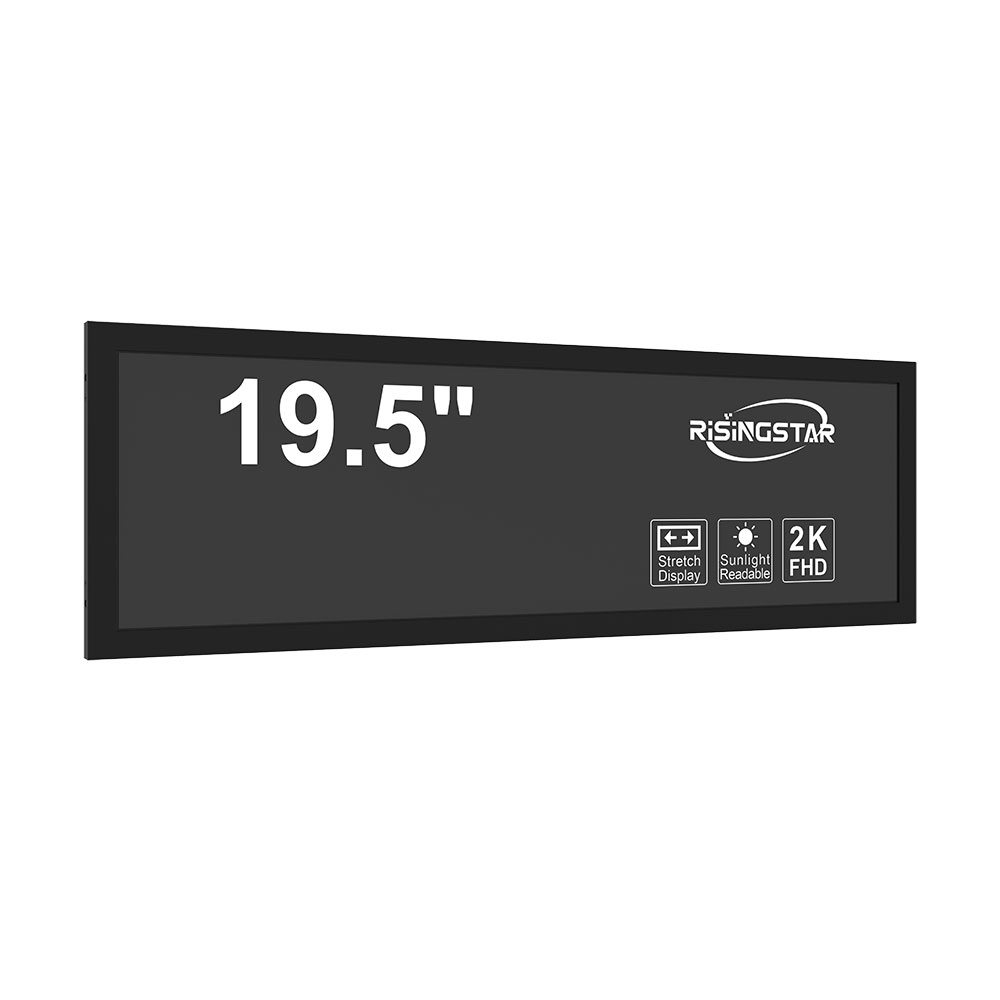
The technical backbone of effective PIS includes not only brightness but also color accuracy, refresh rate, and connectivity. Modern outdoor displays often integrate with IoT platforms such as Siemens’ Desigo CC or Schneider Electric’s EcoStruxure, enabling remote diagnostics, firmware updates, and energy management. This integration reduces maintenance costs by up to 30%, as reported by the U.S. Department of Transportation’s Transit Technology Center in 2022.
Moreover, accessibility compliance is increasingly non-negotiable. The Americans with Disabilities Act (ADA) and EU Directive 2019/882 mandate clear visual and auditory alerts in public transport settings. Outdoor LCDs must support high-contrast text, multilingual content, and dynamic signage that adapts to service disruptions—features now embedded in leading models like LG’s 4K Weatherproof PIS Displays.
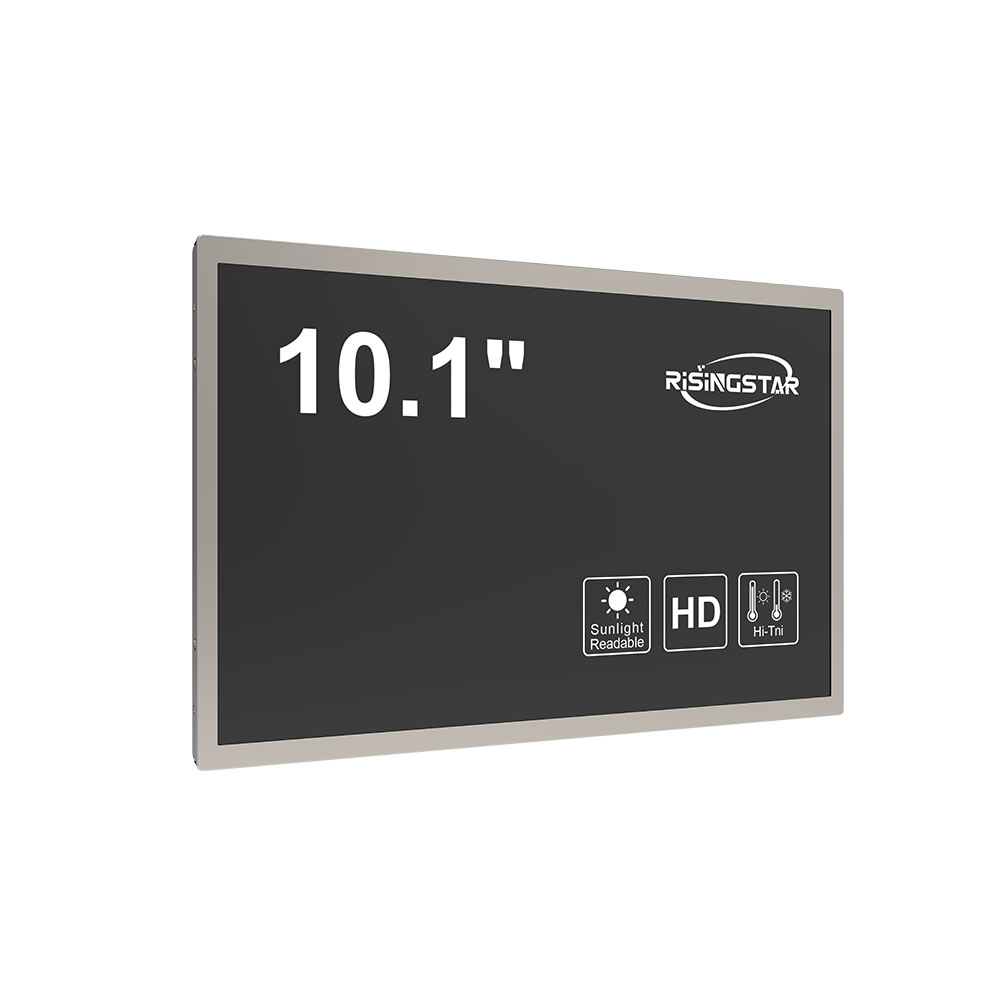
Case studies from Singapore’s Land Transport Authority (LTA) show how combining high-brightness LCDs with AI-driven content scheduling reduced passenger confusion during peak hours by 58%. Similarly, Denver International Airport’s deployment of 200+ outdoor LCD panels using LED-backlit technology cut system downtime by 65% compared to legacy CRT-based displays.
As cities grow smarter, PIS technology must evolve beyond simple announcements. Future-proofing requires displays that support 5G connectivity, edge computing for local data processing, and sustainability metrics like low power consumption (under 30W per panel). Industry leaders like Sharp and BOE are already piloting solar-powered PIS units in rural transit zones—a move aligned with the UN’s Sustainable Development Goal 11 (Sustainable Cities and Communities).
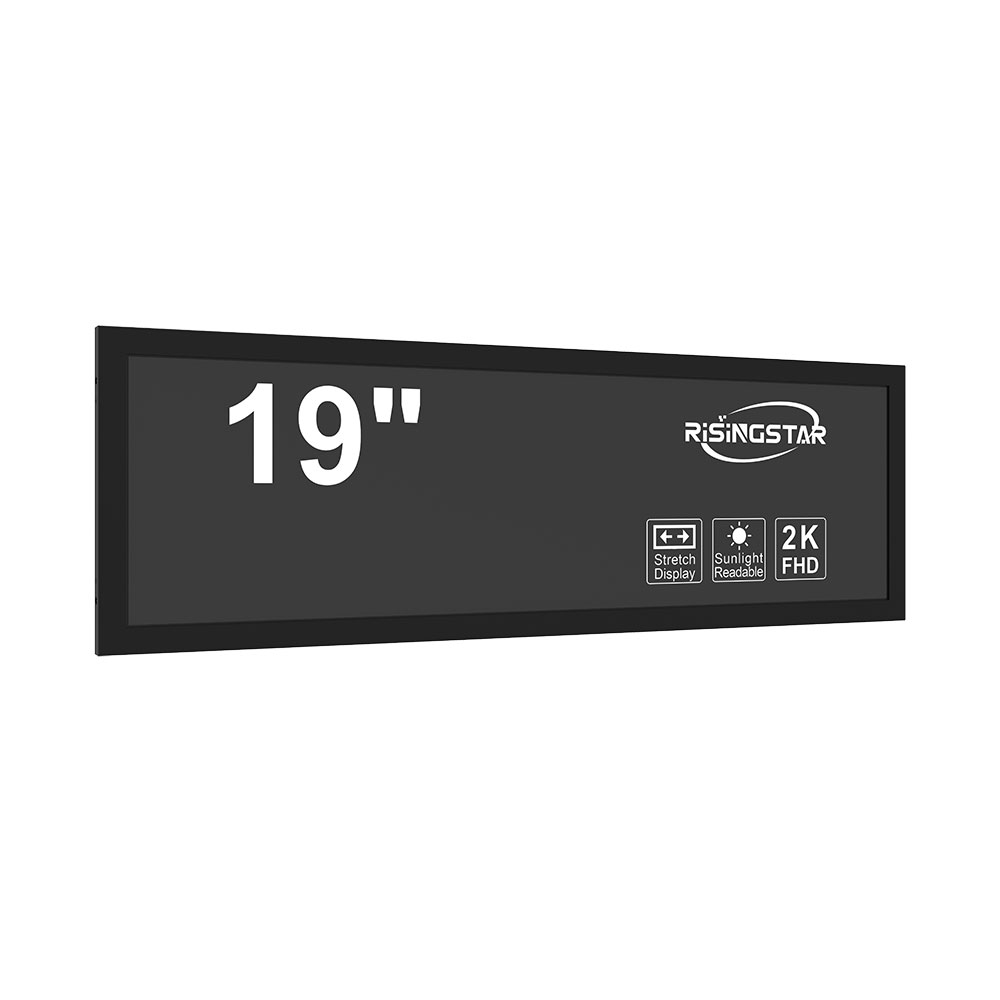
Ultimately, outdoor high-brightness LCDs are not just screens—they are intelligent nodes in a larger transportation intelligence network. Their role in enhancing real-time communication, improving operational resilience, and supporting inclusive design positions them as indispensable tools in the future of mobility.





